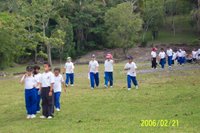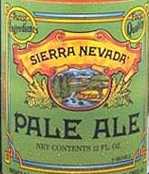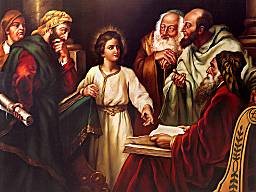Rock of Salvation asks: "
Noah's Ark was how big?"
So happens, we took a cruise a couple of weeks back. (Yup. To the
Yucatan. Ostensibly, to inspect BOM lands.

Truthfully: To slop with the pigs at the endless buffet.)
So we know whereof we speak when we consider feeding a shipful of animals.
True facts about Royal Caribbean's
Splendour of the Seas, the ship that took us to
Costa Maya/Kohunlich ruins and
Playa del Carmen/Tulum ruins on the

Yucatan peninsula:
Length: 867'
Beam: 105' (greatest width)
Decks: 9 full, 2 partial
Passenger capacity: 2,076
Crew size: About 800
Roughly speaking, double the size of the ark. Freakin' big boat.
But lions? Tigers? Bears? (Oh my!) Elephants? Giraffes? Moose? Horses? Buffalo? Bison? Mammoths? Zebras? Elk? Anacondas? Gazelles? Camels? Llamas? Gorillas? Ibix? Big Bird?
And crammed into a space half the size of Splendour?
I don't see it. Forget all the scientific arguments about the impossibility of a worldwide flood. I spent a week on a boat twice the size of Noah's. It wouldn't have held a medium-sized zoo for a month, let alone every bug and beastie on earth for an entire year.
Gotta go with the "local flood, local beastiary" folk on this one.
Besides, why would God -- creater of all life -- need Noah's help preserving all the fauna? If God needed help, why didn't He ask Noah to preserve all the flora? Huh? Huh? God is and was perfectly capable of recreating what he'd once created.
Clearly, the flood account -- like so many things recorded in scripture -- is there to make a larger point, not to stand as a refutation of science.
Was Noah historical? Who's to say otherwise? It'd be supremely arrogant to assert that Noah was strictly an allegory without any historical foundation. But has the Noahic account always been interpreted accurately by modern readers? Doubtful. Seriously doubtful.
-- The Practical Mormon
 The Practical Mormon has been attempting to learn Aramaic. On the cheap. So we've been reading a "Learn Aramaic" site, and thought readers of a certain age might be interested in something we discovered.
The Practical Mormon has been attempting to learn Aramaic. On the cheap. So we've been reading a "Learn Aramaic" site, and thought readers of a certain age might be interested in something we discovered.




